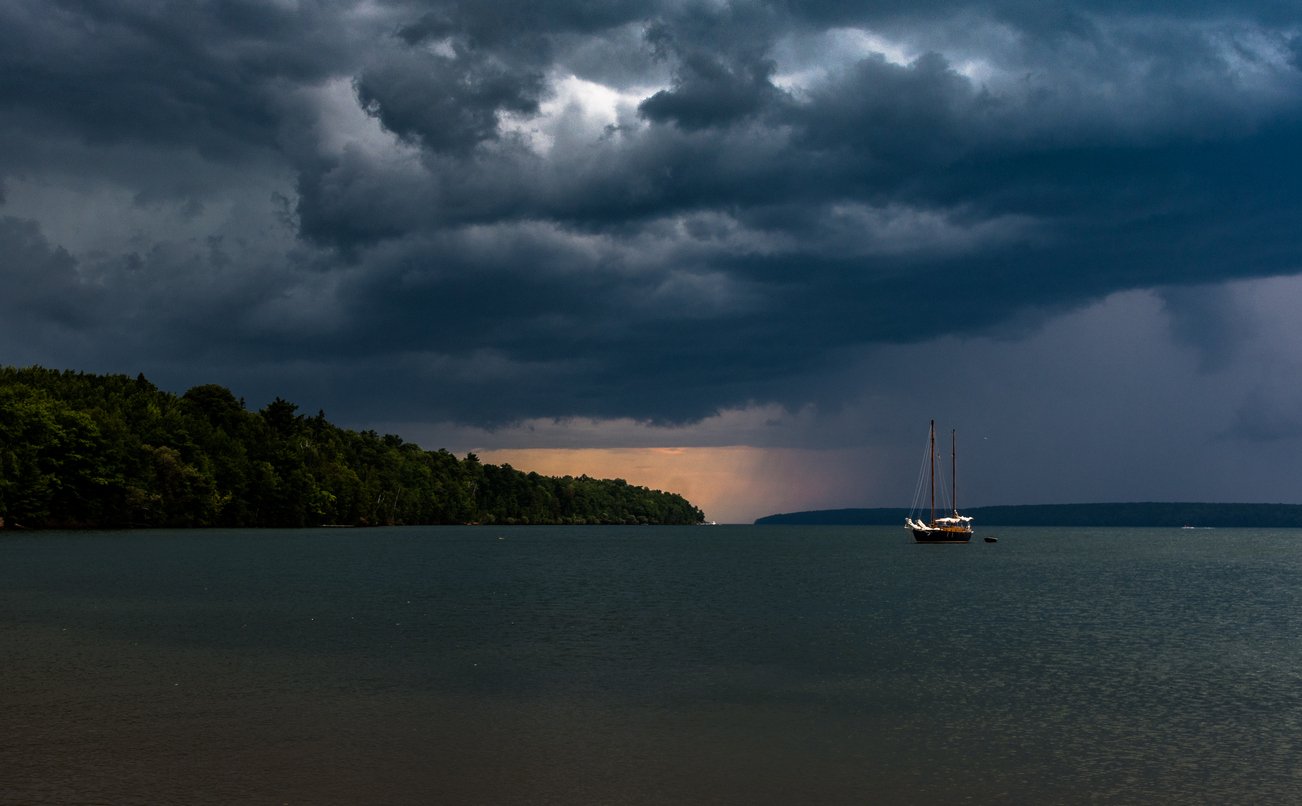Weathering the Storm: A Boater’s Guide to Staying Safe on the Water

Even the most experienced boaters can be caught off guard by a sudden storm. Canadian waters are as unpredictable as they are beautiful, so having a plan before you set sail is key. From early warning signs to storm response and post-emergency inspection, this guide will help keep you safer every step of the way.
Before You Launch
Check the Forecast
- Monitor weather reports via reputable sources such as Environment and Climate Change Canada.
- Be aware of wind chill, wave height, and storm warnings.
Prepare Your Vessel & Crew
- Ensure your boat is equipped with essentials: life jackets, flares, whistle, VHF radio, first-aid kit, spare fuel, and toolset.
- Download marine weather apps for real-time updates.
- Brief all passengers on emergency procedures and gear locations.
Inform Others
- File a float plan: share your itinerary and expected return with a trusted contact.
- Give them weather checks and updates before departure.
- Keep your cellphone dry and stowed in a waterproof pouch.
During a Weather Emergency
Head to Safety
- If a storm approaches, steer toward the nearest safe harbour or sheltered cove—don’t wait.
- Avoid shallow areas, sandbars, and reefs.
Secure Your Boat
- Put the engine in neutral and activate bilge pumps to reduce damage.
- Fasten life jackets for all onboard—tight and secure.
- If anchored, drop enough scope to stabilize the vessel and prevent dragging.
Stay Informed & Communicate
- Use your VHF radio (Channel 16) to receive weather alerts and issue a Mayday call (Mayday, Mayday, Mayday) if needed.
- Continuously update your float plan contact on your location and situation.
After the Storm Passes
Inspect & Assess
- Once safe onshore, check for water ingress, engine issues, or structure damage.
- Look for missing equipment and assess the hull, electrical systems, safety gear, and boat electronics.
Document & Report
- Photograph damage and save receipts for repairs.
- Contact your marine insurer to report damage and begin claim processing.
Learn & Improve
- Review your actions and safety procedures with your crew.
- Restock emergency supplies, sharpen safety drills, and identify areas for boat improvements.
Need marine insurance to go with your storm prep? Visit HUB SmartCoverage to learn more about boating coverage that protects you before, during, and after a weather emergency.